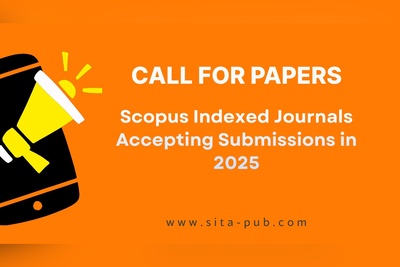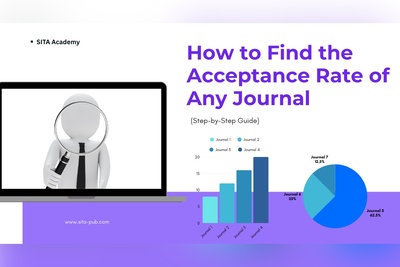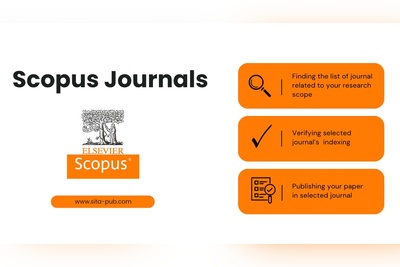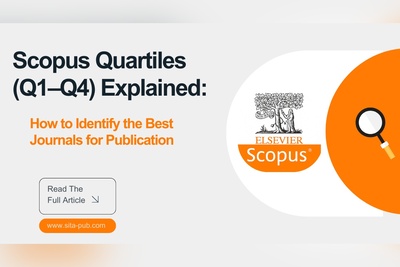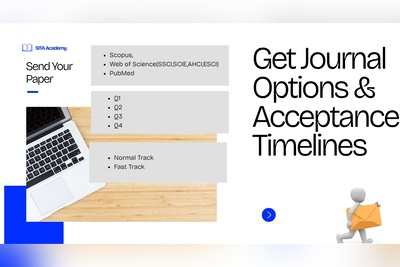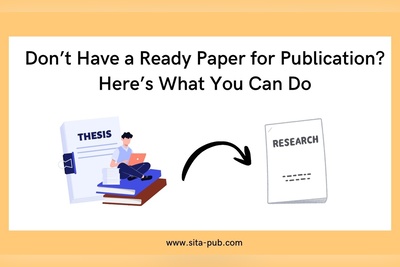Can Non-Native English Researchers Publish in High-Impact Journals?
Learn how to prepare, format, and edit your manuscript for Scopus or Web of Science journals. Discover acceptance criteria, journal selection tips, and how professional English editing can improve your chances of success.
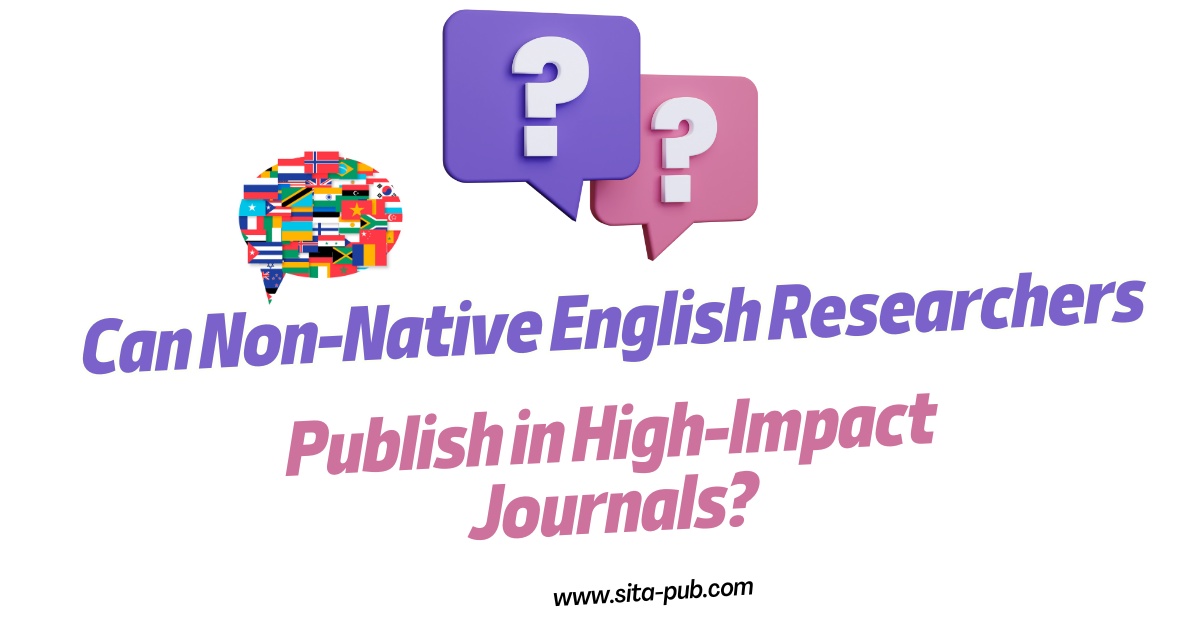
Publishing in high-impact journals is often perceived as one of the toughest challenges for researchers worldwide. For non-native English speakers, this perception can feel even more daunting. However, the good news is: your nationality or native language does not determine whether you can publish in high-impact journals. What truly matters is the quality of your research, clarity of your manuscript, and adherence to journal guidelines.
In this article, we’ll guide non-native English researchers through the process of publishing in high-impact journals, including criteria for acceptance, journal selection, submission checklist, and practical tips to increase your chances of success.
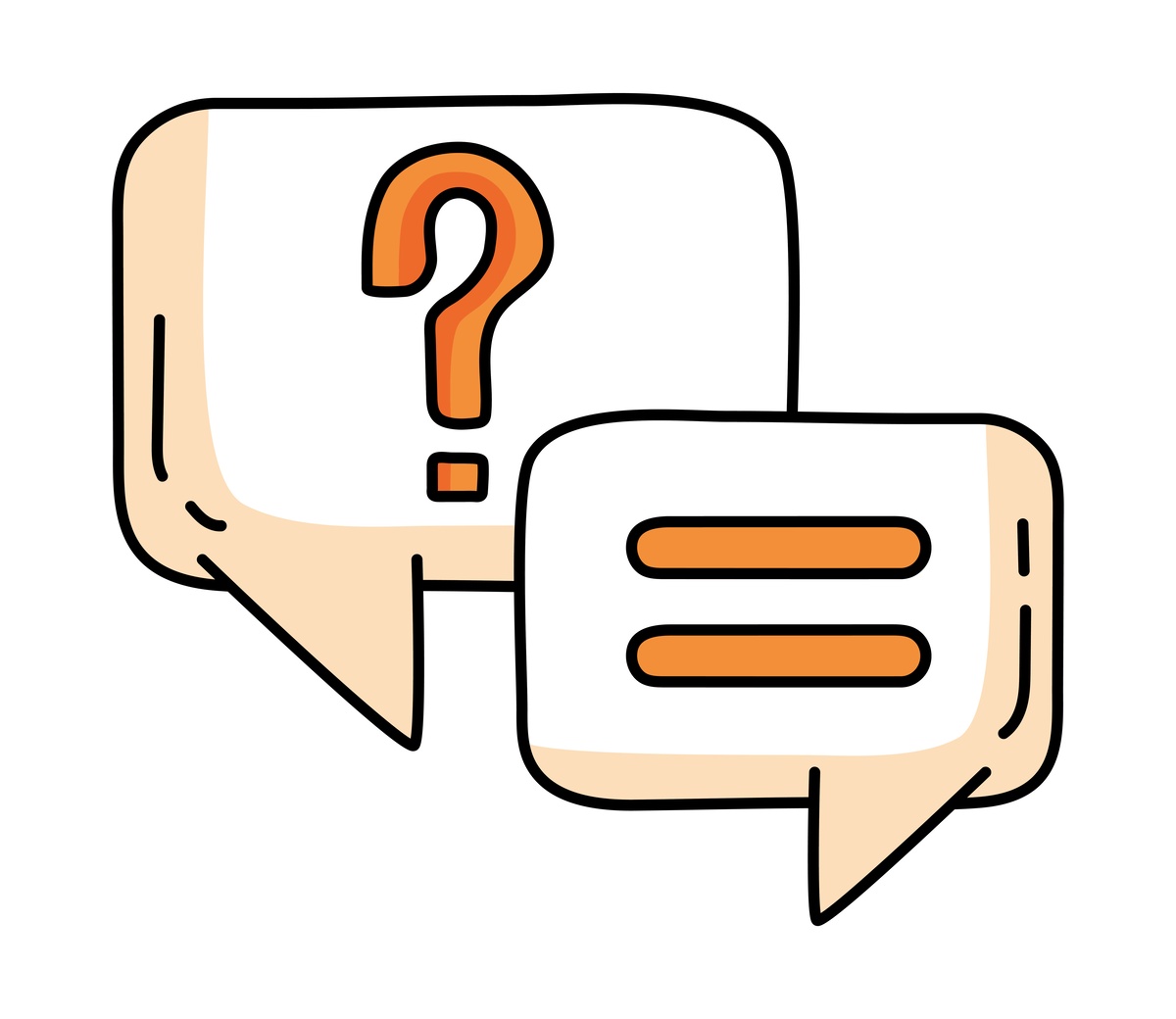
Yes, Non-Native English Researchers Can Publish in High-Impact Journals
High-impact journals focus on novelty, relevance, and methodological rigor rather than the author’s background or first language. Many researchers from non-English-speaking countries successfully publish in Scopus Q1, Web of Science, and other top-tier journals every year.
While language proficiency is important, it is not a barrier if the manuscript is clear, well-edited, and follows journal requirements. Many journals accept papers from international authors as long as the research is original, significant, and well-presented.
Key takeaway: Focus on producing high-quality research and preparing your manuscript according to the journal’s standards. Language can be polished later.
Criteria for Getting Published in High-Impact Journals
Publishing in high-impact journals requires attention to several important criteria. Let’s break them down.
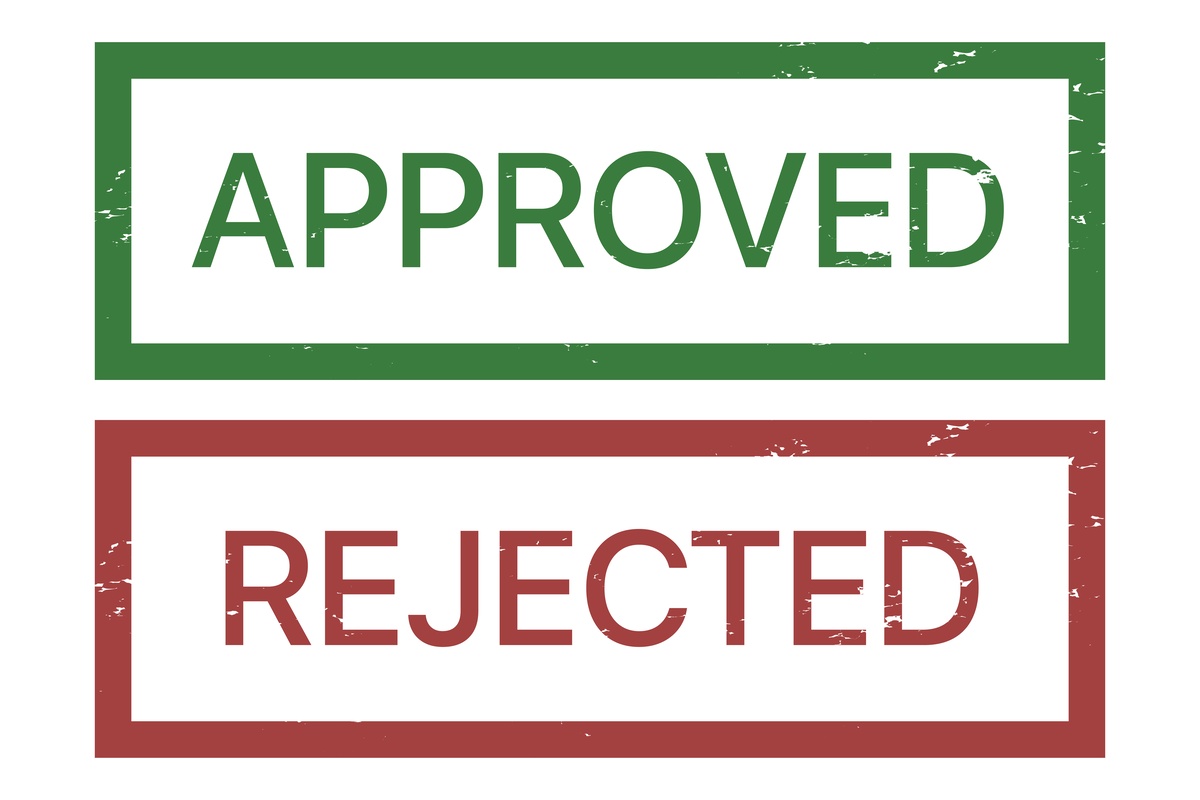
1. Journal Relevance
The most crucial factor is ensuring that your research fits the journal’s scope and audience.
Submitting a paper that aligns poorly with the journal’s focus is a common reason for rejection.
Check the journal’s recent publications, aims, and scope to ensure a match.
2. Acceptance Rate
High-impact journals often have low acceptance rates (sometimes below 20%).
Understanding the journal’s acceptance statistics can help you manage expectations.
Consider journals that balance impact factor and realistic acceptance chances for your field.
3. Native English Editing Certificate (Optional or Required)
Many journals encourage or require manuscripts written in fluent academic English.
Some journals may request a certificate of English editing from a professional editing service.
This step ensures that reviewers can focus on your research content rather than language issues, which can improve acceptance chances.
4. Plagiarism and Similarity Index
Journals use tools like Turnitin, iThenticate, or CrossCheck to check originality.
Your similarity index should ideally be below 15–20%, depending on the journal.
Proper citation, paraphrasing, and avoiding self-plagiarism are critical.
5. Formatting Adherence
Each journal has specific formatting guidelines for:
Manuscript structure (abstract, introduction, methods, results, discussion, conclusion)
References and citations style
Figures and tables formatting
Papers that fail to comply with guidelines often face desk rejection before peer review
How Non-Native Researchers Can Identify the Right Journal

Selecting the right journal is a key step to success. Here’s how non-native researchers can find a suitable high-impact journal:
Check Indexing and Impact Factor
Look for journals indexed in Scopus, Web of Science, PubMed, or other recognized databases.
Consider the quartile ranking (Q1, Q2) to match your target.
Review Recent Publications
Analyze the types of papers recently published in your field.
Ensure your manuscript aligns with the topics and study designs featured.
Assess Journal Fees and Open Access Options
Some high-impact journals charge article processing charges (APCs) for open access.
Others are subscription-based with no fees for authors.
Check Submission Guidelines
Look at manuscript structure, word limits, figure limits, and reference style.
Note whether English editing certification is required.
Consider Review and Publication Timelines
Some journals offer fast-track or rapid review options, which may be important if you have deadlines (e.g., graduation or grant requirements).
Checklist Before Submission
Before submitting your manuscript, ensure you have completed the following:
Research and Manuscript Quality
Originality, novelty, and clear research objectives
Strong methodology and logical results presentation
Journal Fit
Scope, impact factor, and audience alignment
Language and Editing
Proofread for grammar, style, and clarity
Obtain professional editing if required or recommended
Formatting
Correct manuscript structure, references, and figures
Compliance with journal-specific guidelines
Plagiarism Check
Ensure similarity index is within acceptable range
Properly cite and paraphrase previous work
Fees and Payment Methods
Confirm APCs, submission fees, or open-access charges
Understand available payment methods (credit card, institutional funds, waivers)
Supporting Documents
Cover letter addressing journal editor
Ethical approval statements (if applicable)
Conflict of interest declaration
Tips to Improve Your Chances as a Non-Native English Researcher

Professional Editing Services
Manuscripts written in non-native English can benefit from native English editing.
Some journals provide a certificate confirming that the manuscript has been professionally edited.
Start with Clear, Concise Writing
Use simple sentences, avoid jargon, and structure paragraphs logically.
Seek Mentor or Peer Feedback
Getting feedback from experienced researchers in your field can identify gaps or unclear sections before submission.
Follow Submission Guidelines Meticulously
Journals often reject papers without review if they don’t meet basic formatting or language standards.
Be Patient and Persistent
High-impact journals may take longer to review papers.
Don’t be discouraged by rejection; consider reviewer feedback to improve your manuscript.
Final Thoughts
Publishing in high-impact journals as a non-native English researcher is absolutely possible. Success depends on the quality of your research, clarity of writing, journal fit, and adherence to submission requirements, not your nationality or first language.
By carefully selecting a journal, ensuring your manuscript meets all quality and formatting standards, and optionally obtaining native English editing certification, you can increase your chances of acceptance in top-tier journals.
Our Comprehensive Support for Non-Native Researchers
For researchers who want end-to-end assistance, we provide a comprehensive publication support service that includes:
Manuscript formatting according to journal requirements
Plagiarism checking and removal
Journal selection and recommendation based on your research and goals
Submission handling and continuous monitoring until acceptance

If you’re a non-native English researcher aiming to publish in high-impact journals, our support ensures your paper is polished, professionally presented, and ready for international publication.
Verified Contact Channels
If you have any questions, inquiries, or would like to learn more about our services, please don't hesitate to reach out to us. Our dedicated team is ready to assist you.





